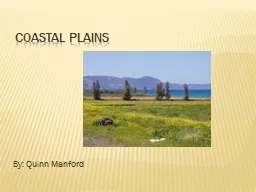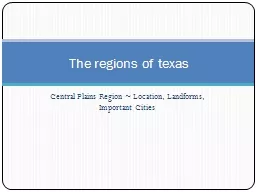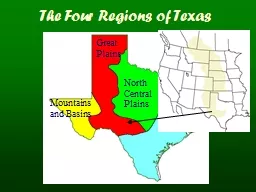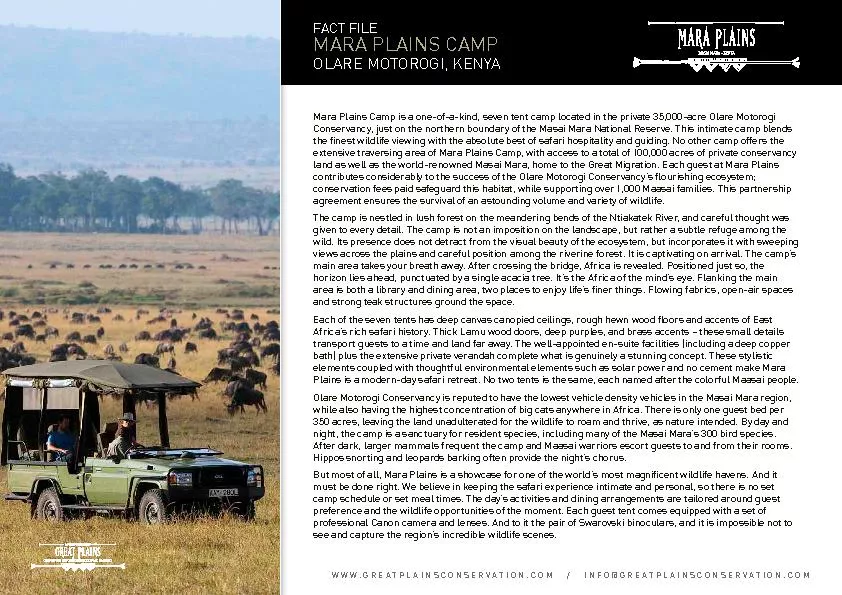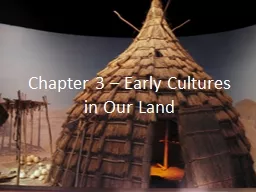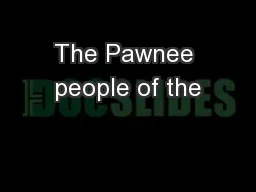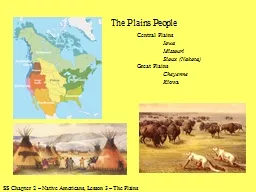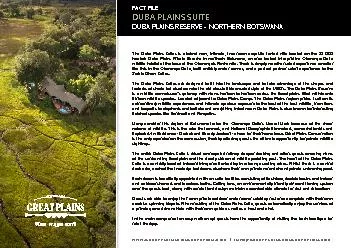PPT-Catalaunian Plains
Author : aaron | Published Date : 2017-07-19
June 20 451 Strategic Context After four years of peace Attila leads his Huns against the Western Roman Empire sacking Trier and Metz The most skilled Roman general
Presentation Embed Code
Download Presentation
Download Presentation The PPT/PDF document "Catalaunian Plains" is the property of its rightful owner. Permission is granted to download and print the materials on this website for personal, non-commercial use only, and to display it on your personal computer provided you do not modify the materials and that you retain all copyright notices contained in the materials. By downloading content from our website, you accept the terms of this agreement.
Catalaunian Plains: Transcript
Download Rules Of Document
"Catalaunian Plains"The content belongs to its owner. You may download and print it for personal use, without modification, and keep all copyright notices. By downloading, you agree to these terms.
Related Documents


